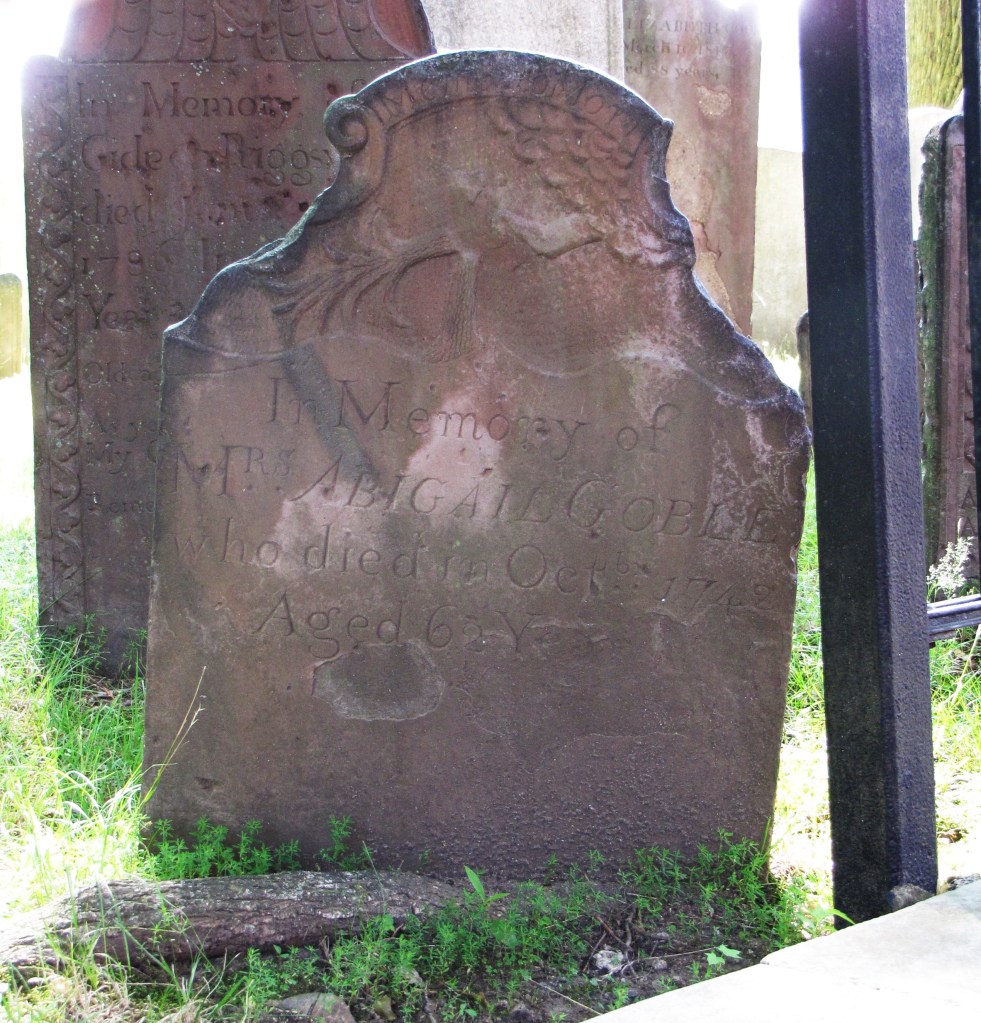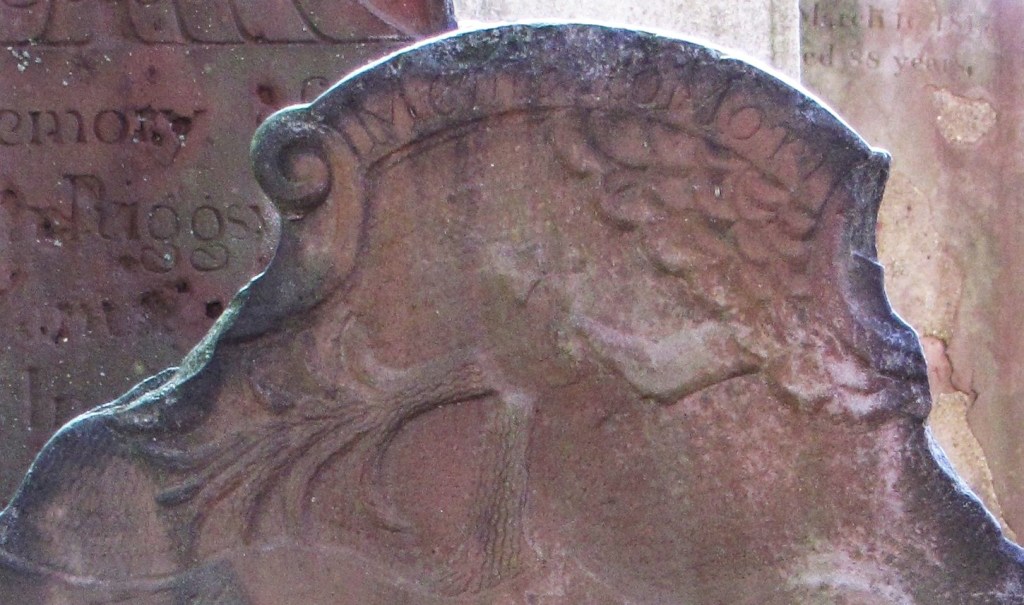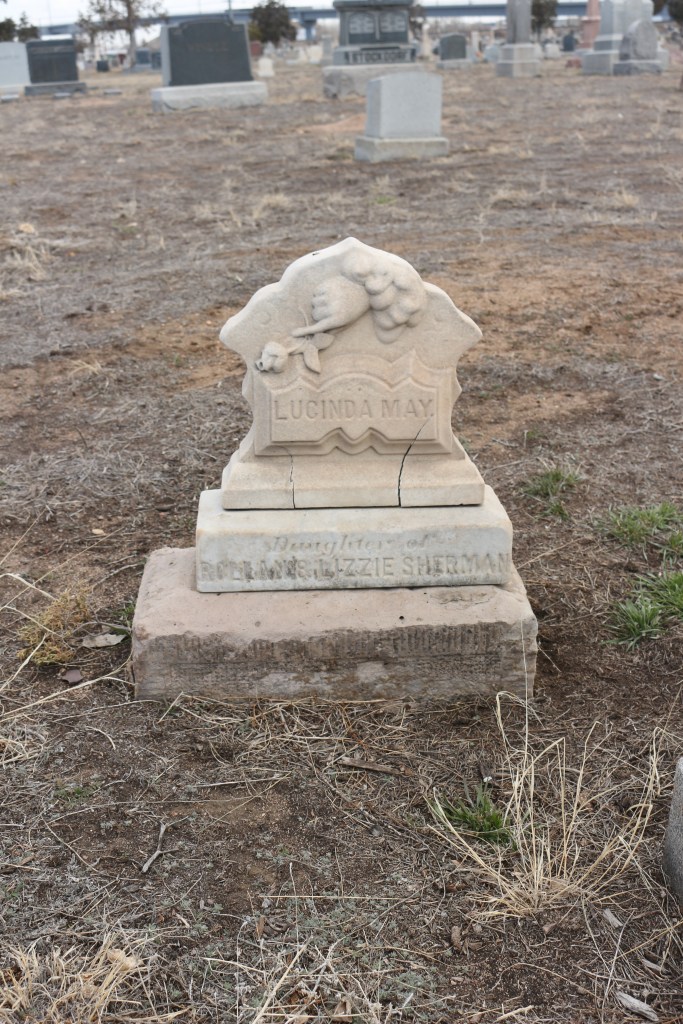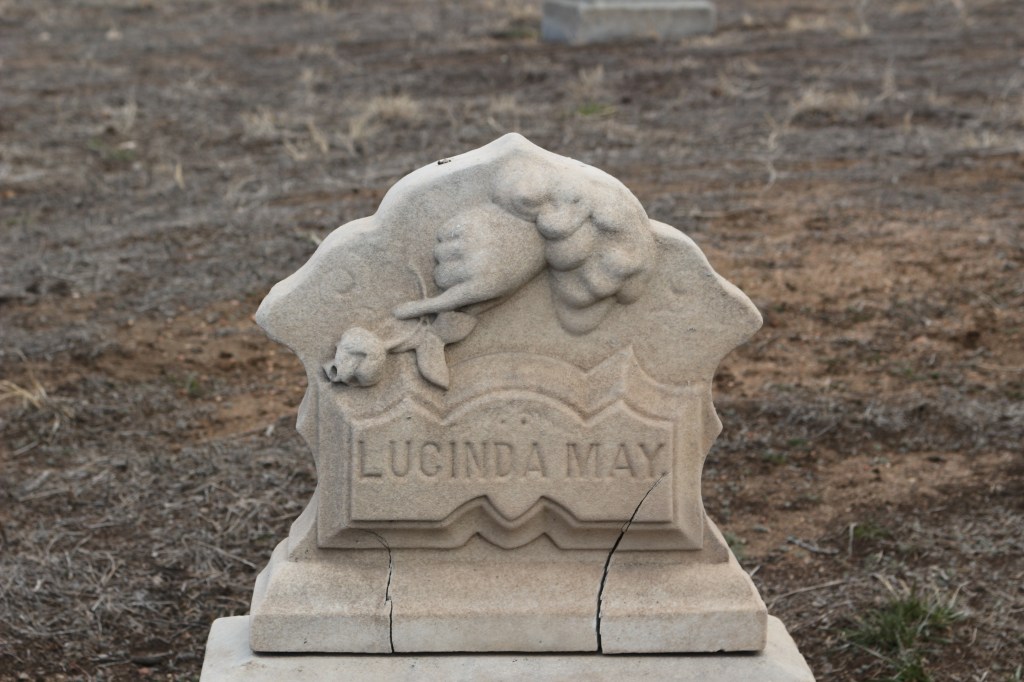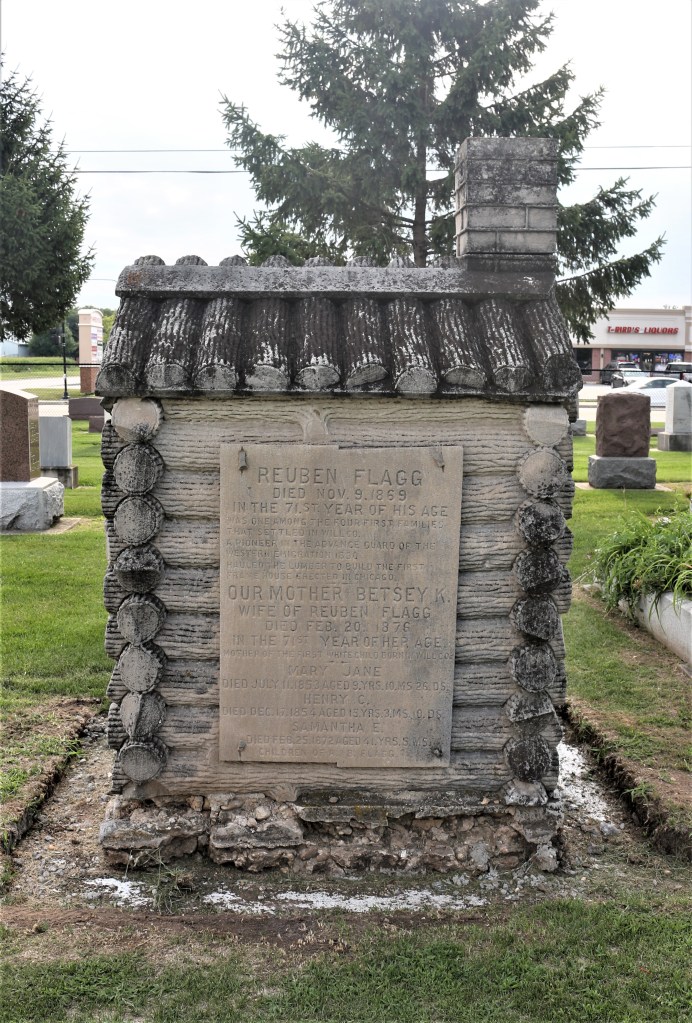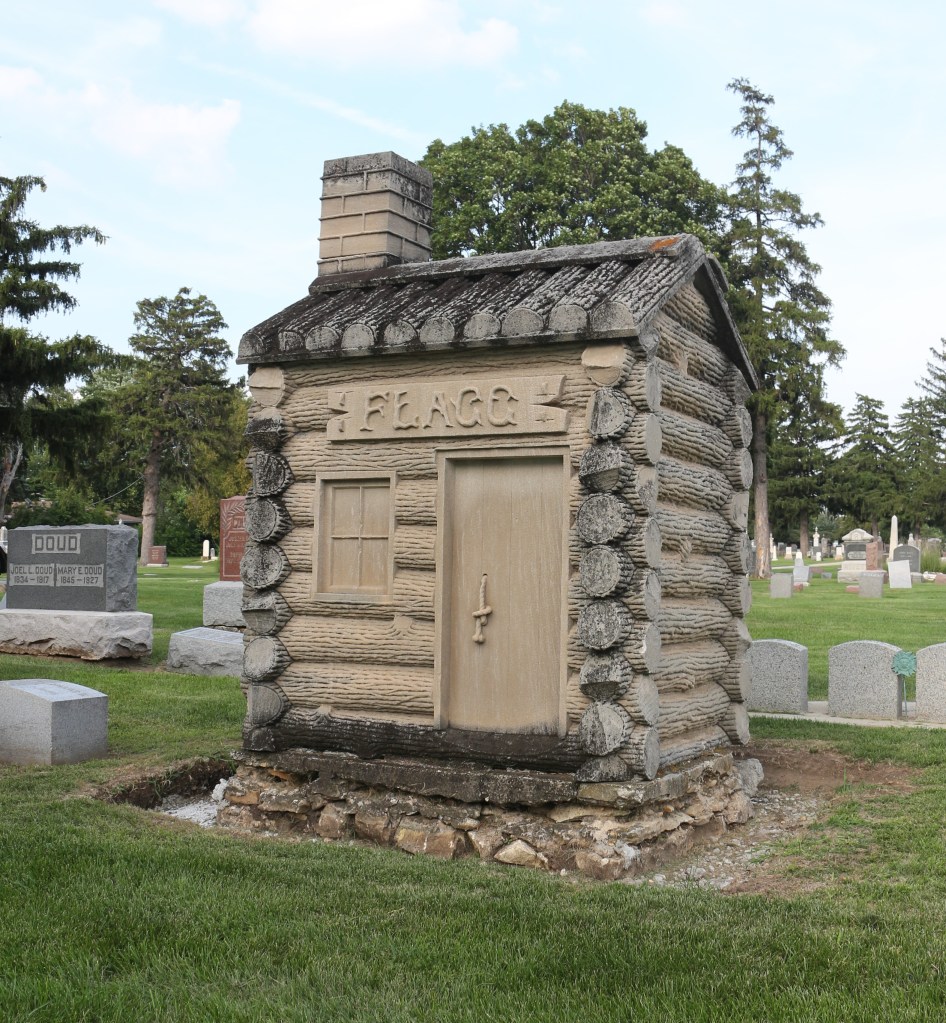LUCINDA MAY
Daughter of
ROLLAN & LIZZIE SHERMAN
October 7, 1883
April 8, 1886
There are many verses in the Bible against showing a representation of God, such as, Exodus 20:4—”You shall not make for yourself an idol, or any likeness of what is in Heaven above or on Earth beneath or in the water under Earth.” Exodus 33:20 “Thou canst not see my face: for there shall no man see Me and Live.” And, John 1:18, “No man hath seen God at any time.”
So, early Christian artists did not depict the face of God, which they considered against their teachings, but portrayed God as a hand coming down from the clouds. The hand coming down from the clouds became an artistic metaphor to depict God.
The Bible refers to the hand of God in many verses throughout the text for example:
Isaiah 48:13
Surely My hand founded the earth,
And My right hand spread out the heavens;
When I call to them, they stand together.
Isaiah 64:8
But now, O Lord, You are our Father,
We are the clay, and You our potter;
And all of us are the work of Your hand.
Job 19:21
Pity me, pity me, O you my friends,
For the hand of God has struck me.
Habakkuk 3:4
His radiance is like the sunlight;
He has rays flashing from His hand,
And there is the hiding of His power.
For nearly a thousand years, artists depicted God as a hand reaching down from the clouds. Such a representation of God can be found on Lucinda May Sherman’s small white marble gravestone in the Riverside Cemetery in Denver, Colorado. Often this symbol on a gravestone meant that the deceased had died unexpectedly or abruptly, as was the case for two-year old Lucinda May.
On her marker, the hand coming down from swirling clouds is holding a rose with three leaves. The three leaves likely represent the Trinity—the Father, the Son, and the Holy Ghost. The rose is often found on the gravestones of women in Victorian cemeteries.



